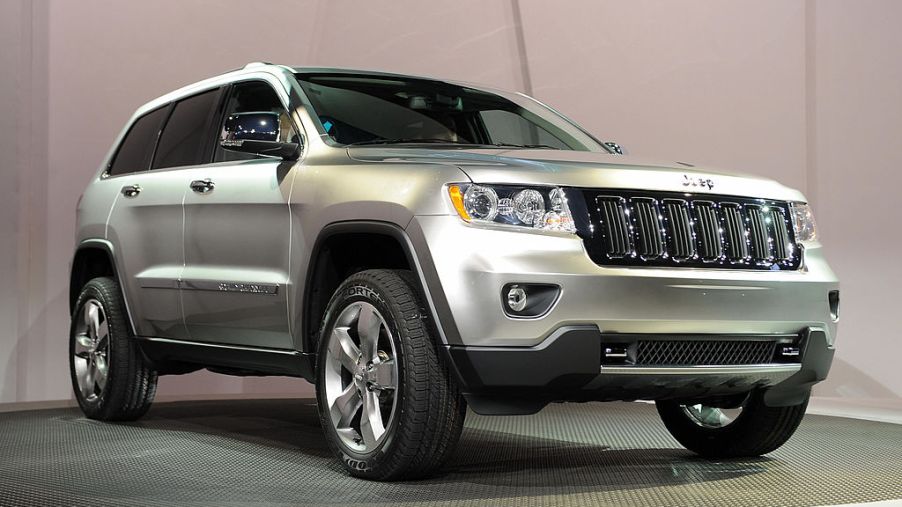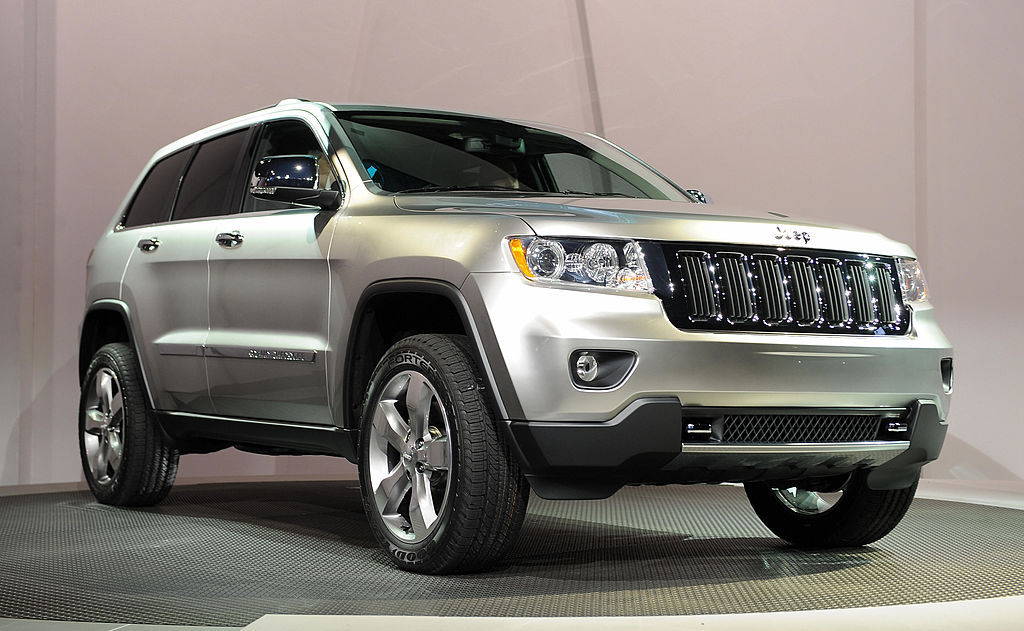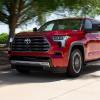
Never Ever Buy a Jeep Grand Cherokee From This Model Year
If you’re looking for a midsize SUV, the Jeep Grand Cherokee is a great option. It provides ample seating, fresh technology, and a nice variety of engines. Like most Jeeps, it also performs well for any off-roading adventures you might want to take.
If you need to save money, Grand Cherokees are very affordable on the used market. However, in some model years, this SUV was prone to expensive problems. According to CarComplaints, you should stay away from 2011 versions of the Grand Cherokee. Here are some of the most common problems reported by owners of this SUV.

The 2011 Jeep Grand Cherokee had a lot of electrical issues
Compared to every other model year, 2011 Jeep Grand Cherokees had the most electrical problems. In most cases, the problem was related to the totally integrated power module (TIPM).
This box provides all the electrical power for most modern Chrysler vehicles. When it malfunctions, the car can’t perform basic tasks, like starting the engine.
The fuel pump relay also wasn’t functioning properly. To fix the problem, customers had to replace the TIPM altogether. On average, this cost around $1,180. Grand Cherokees with the 3.6 or 5.7-liter engine were issued a recall over the TIPM. However, some reported that they weren’t fully reimbursed for the total cost of repairs.
Faulty engine
The 2011 Jeep Grand Cherokee also has a large number of reported engine problems. Many stated that their SUV’s engine would stall or completely lose power while driving. The bad power module was definitely the culprit in most cases. However, repairing it didn’t always fix the problem.
Drivers later had to replace the alternator, the throttle control, or the position sensor. Each of these repairs cost around $1,710 each. None of these costs were reimbursed by Chrysler. Even after these components were replaced, drivers still experienced issues or felt unsafe driving the car.
Interior problems
While not as severe as the performance issues, the 2011 Grand Cherokee has some minor annoyances inside the cabin. Many reported that the leather interiors in higher trims were prone to ripping and peeling. There were also issues with faulty door lock mechanisms and a barely functional backup camera. Most of these repairs cost $300 or less.
The most common problem was a wrinkling dashboard. In higher-end trims, the leather dashboard would bubble and fall apart over time. Chrysler never issued a recall for this problem, possibly because it wasn’t an immediate safety concern. Drivers paid an average of $1,610 for a new dashboard.
Vanity lamp recall
Another interior problem was the Jeep Grand Cherokee’s vanity lamp. Some drivers reported that the wires got too hot while the lamp was turned on. The automaker issued a recall for the vanity lamp in 2014.
In the affected cars, there was a potential for the vanity lamp wiring to short out, which could have led to a fire. Over 650,000 vehicles were affected. Another recall was issued in late 2015 after more vanity lamp problems were reported. This time, only around 390,000 vehicles were included in the recall.
Other Jeep Grand Cherokee recalls
The Grand Cherokee was also recalled over faulty hydraulic brakes. In some cars, the water inside would freeze, which could have led to a crash. To fix this issue, dealers installed a brake booster. However, some of these boosters were installed incorrectly. This led to another recall a few years later.
If you still want to buy a used Jeep Grand Cherokee, find one from 2015 or later. The 2012-2013 models had relatively fewer problems, but 2014 models had many transmission issues. Models from 2010 and earlier have fewer complaints but aren’t as powerful as the redesigned versions.



